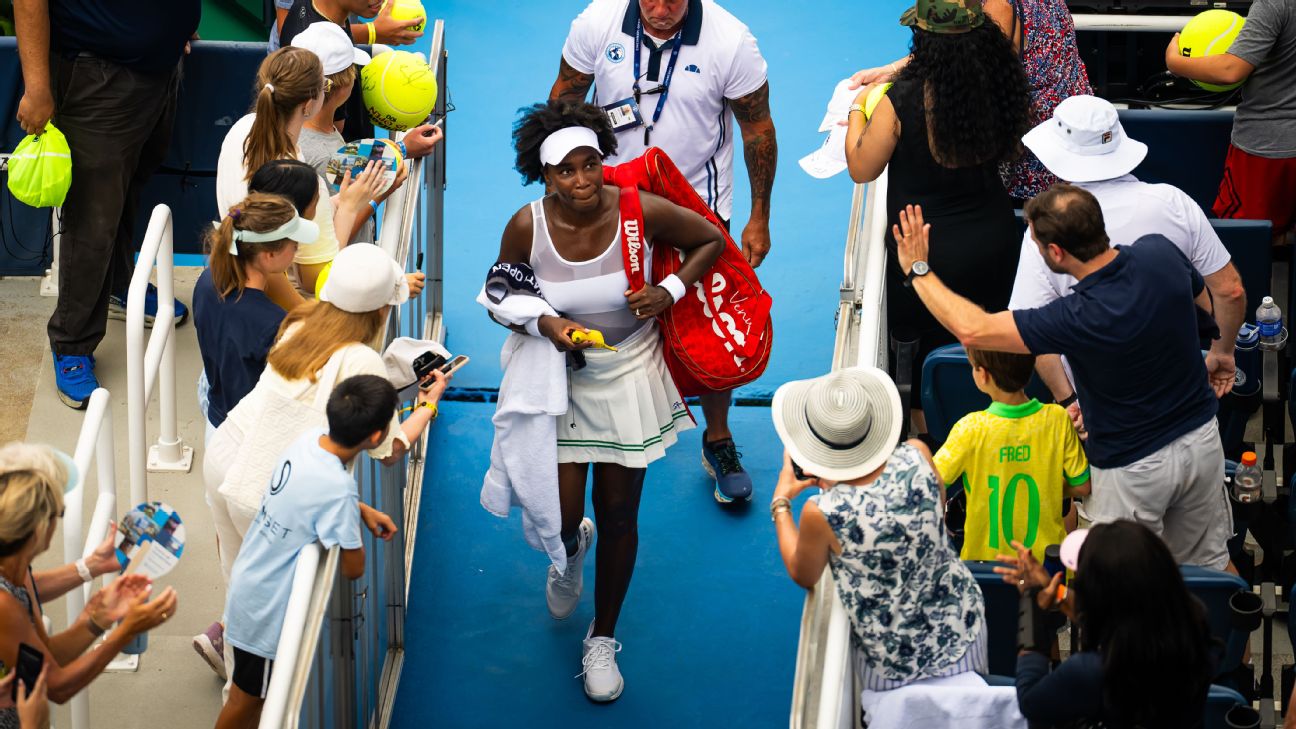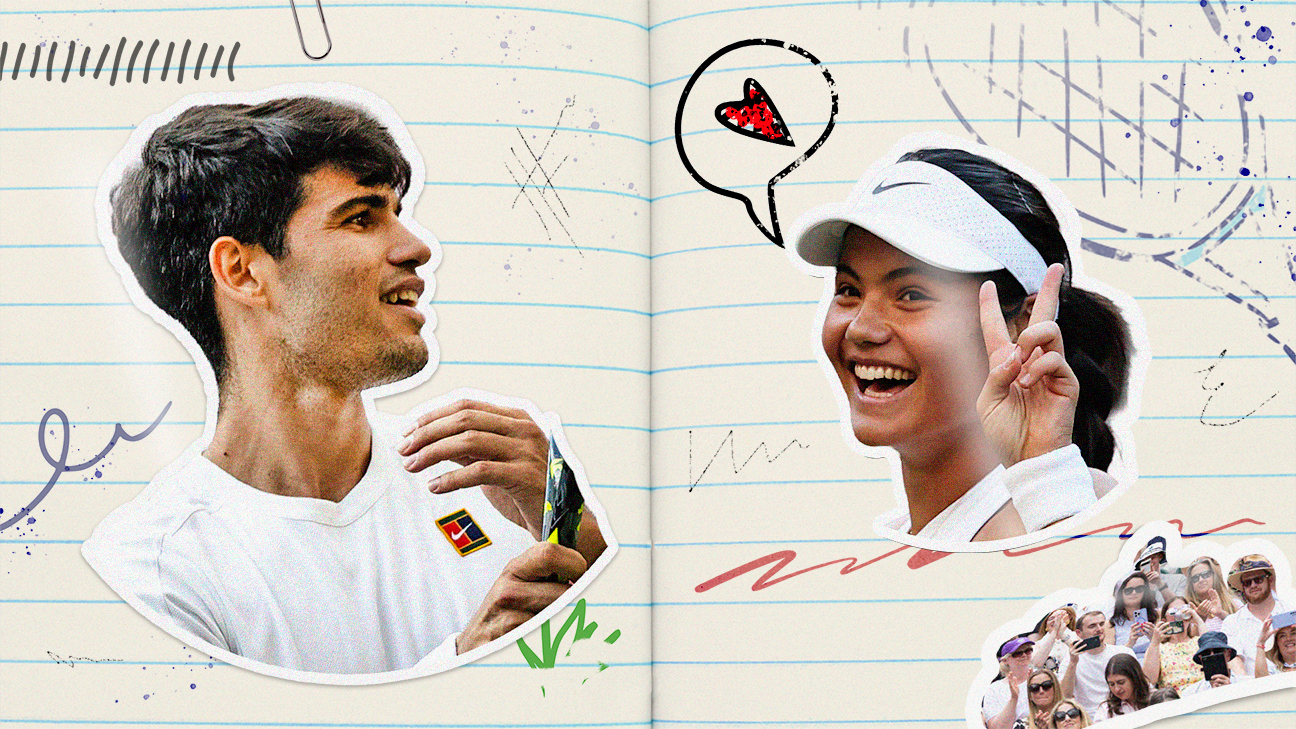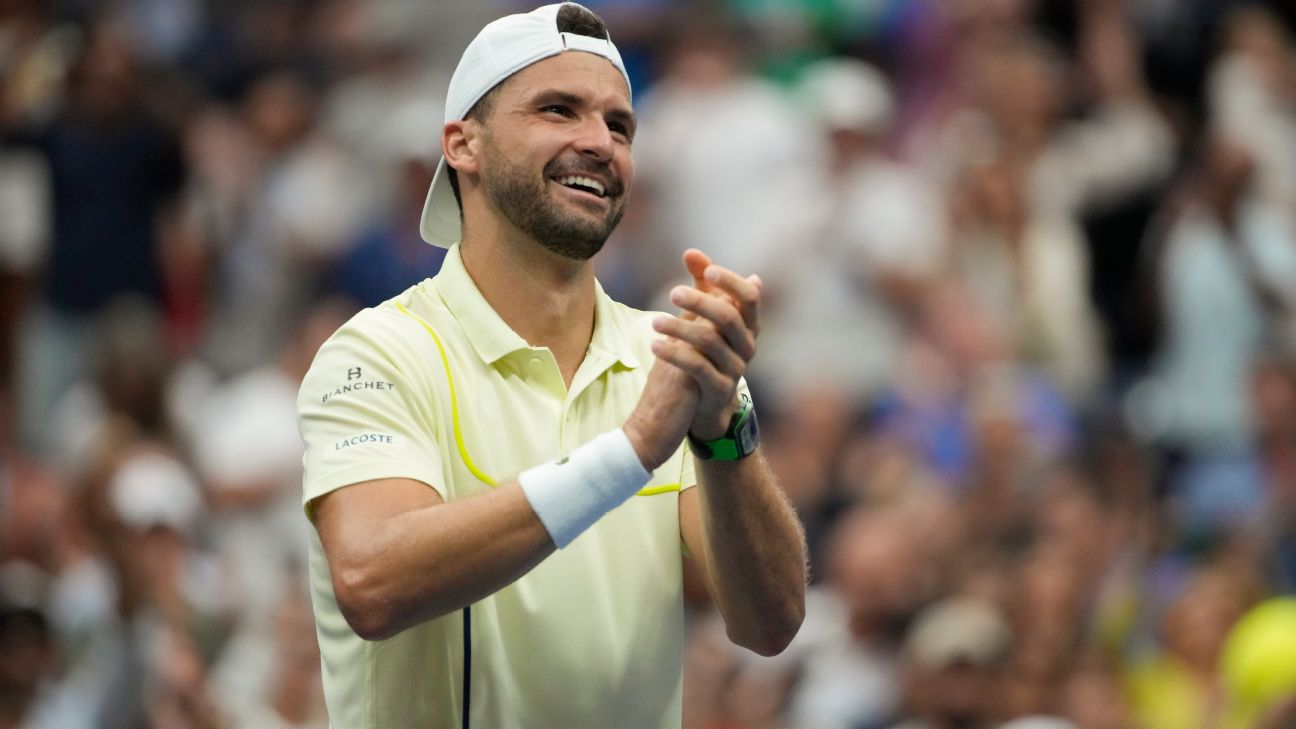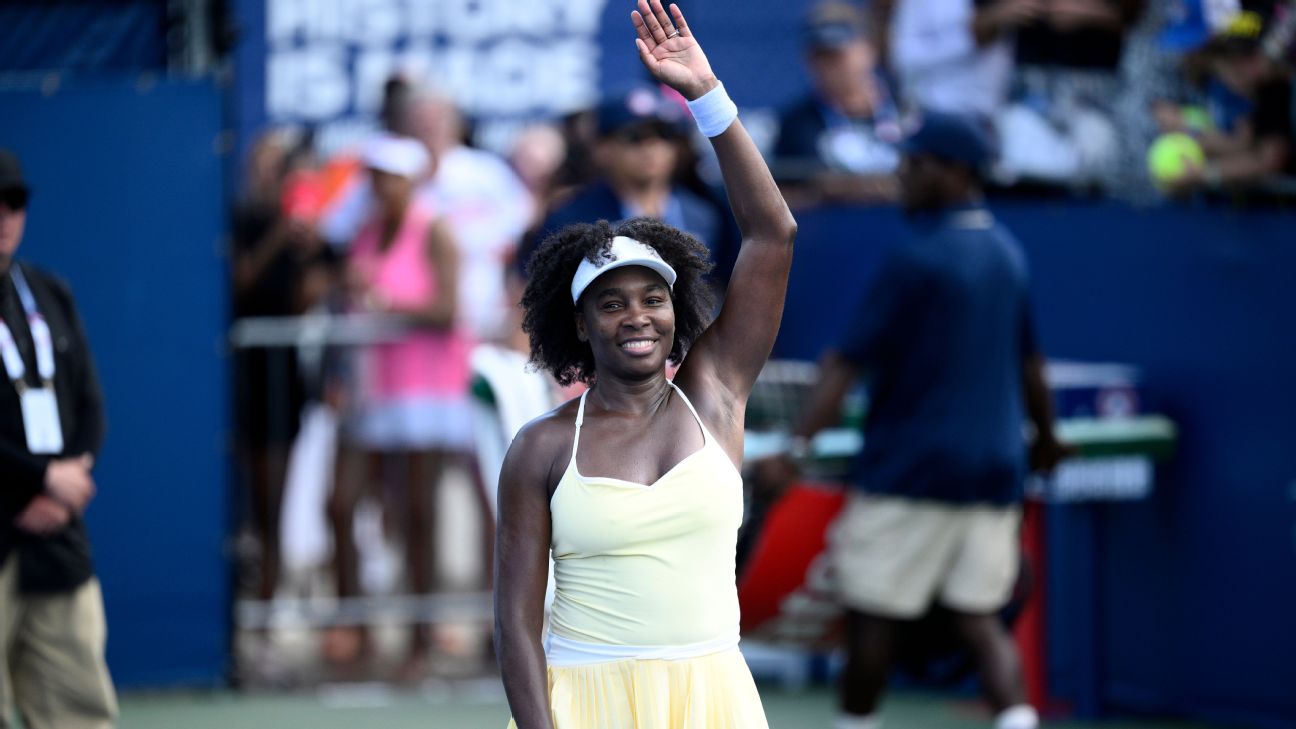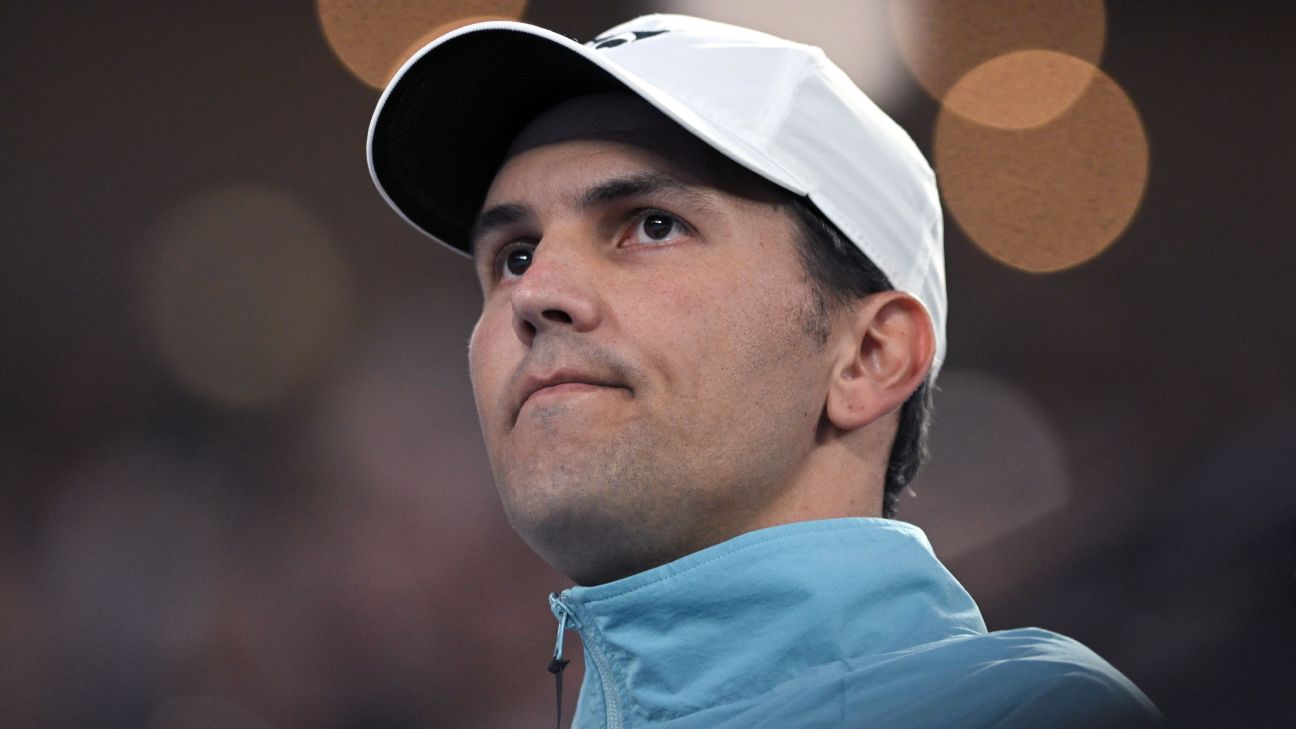Monica Seles' Inspiring Journey: Overcoming Myasthenia Gravis and Life's Challenges
Monica Seles shares her battle with myasthenia gravis, a neuromuscular autoimmune disease, and her inspiring journey of resilience and adaptation.

Monica Seles, the International Tennis Hall of Famer, recently opened up about her diagnosis with myasthenia gravis (MG), a neuromuscular autoimmune disease that causes weakness in voluntary muscles. Seles, who won nine Grand Slam titles during her illustrious career, first noticed the symptoms while playing tennis with family and friends.
"I would be playing with some kids or family members, and I would miss a ball. I was like, 'Yeah, I see two balls.' These are obviously symptoms that you can't ignore," Seles told The Associated Press. "And, for me, this is when this journey started. And it took me quite some time to really absorb it, speak openly about it, because it's a difficult one. It affects my day-to-day life quite a lot."
The 51-year-old, who won her first major trophy at the 1990 French Open at just 16 years old, decided to speak publicly about her diagnosis to raise awareness about MG. The National Institute of Neurological Disorders and Stroke describes MG as "a chronic neuromuscular disease that causes weakness in the voluntary muscles" and "most commonly impacts young adult women (under 40) and older men (over 60) but ... can occur at any age, including childhood."
Seles first noticed symptoms such as double vision and weakness in her arms and legs. "Just blowing my hair out ... became very difficult," she said. "When I got diagnosed, I was like, 'What?!' So this is where -- I can't emphasize enough -- I wish I had somebody like me speak up about it."
She has since learned to live a "new normal" and has characterized her health as another in a series of life steps that required adapting. "I had to, in tennis terms, I guess, reset -- hard reset -- a few times," Seles said. "I call my first hard reset when I came to the U.S. as a young 13-year-old [from Yugoslavia]. Didn't speak the language; left my family. It's a very tough time. Then, obviously, becoming a great player, it's a reset, too, because the fame, money, the attention, changes [everything], and it's hard as a 16-year-old to deal with all that. Then obviously my stabbing -- I had to do a huge reset."
Seles' resilience shines through as she continues to adapt to her new reality. "And then, really, being diagnosed with myasthenia gravis: another reset. But one thing, as I tell kids that I mentor: 'You've got to always adjust. That ball is bouncing, and you've just got to adjust.' And that's what I'm doing now."
Seles' story is a testament to her strength and determination, both on and off the tennis court. Her openness about her diagnosis serves as an inspiration to many facing similar challenges.
















